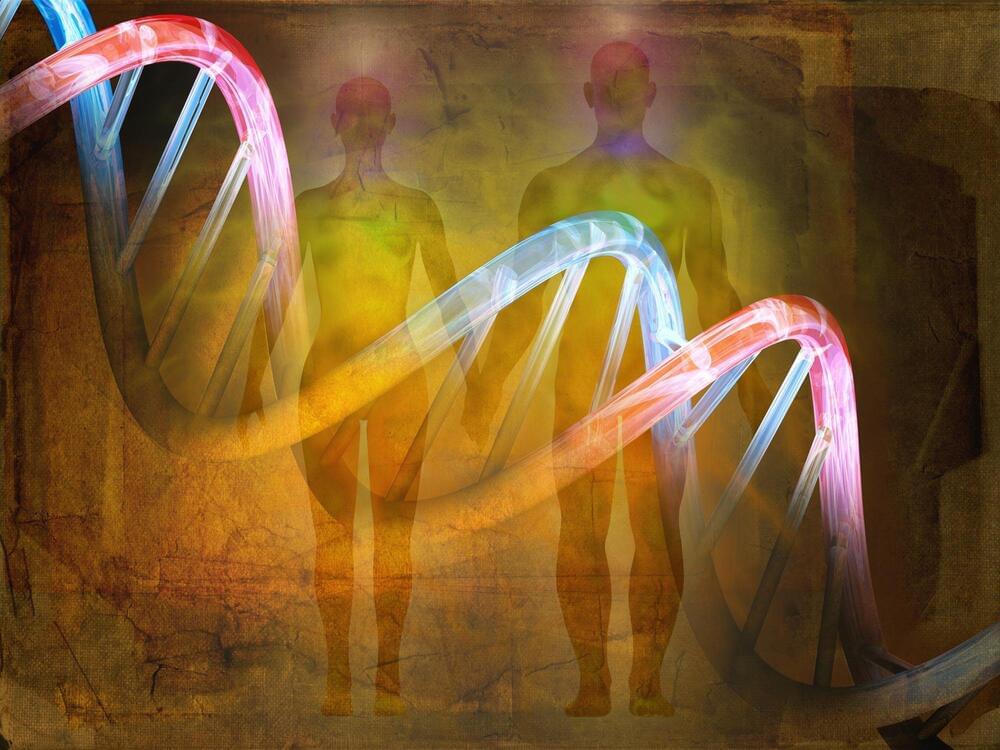Lucy, an early human ancestor, could run upright but much slower than modern humans. New simulations show that muscle and tendon evolution, not just skeletal changes, were key to improving human running speed.
The University of Liverpool has led an international team of scientists in a new investigation into the running abilities of Australopithecus afarensis, the early human ancestor best known through the famous fossil “Lucy.”
Professor Karl Bates, an expert in Musculoskeletal Biology, brought together specialists from institutions in the UK and the Netherlands. Using advanced computer simulations and a digital reconstruction of Lucy’s skeleton, the team explored how this ancient species.
